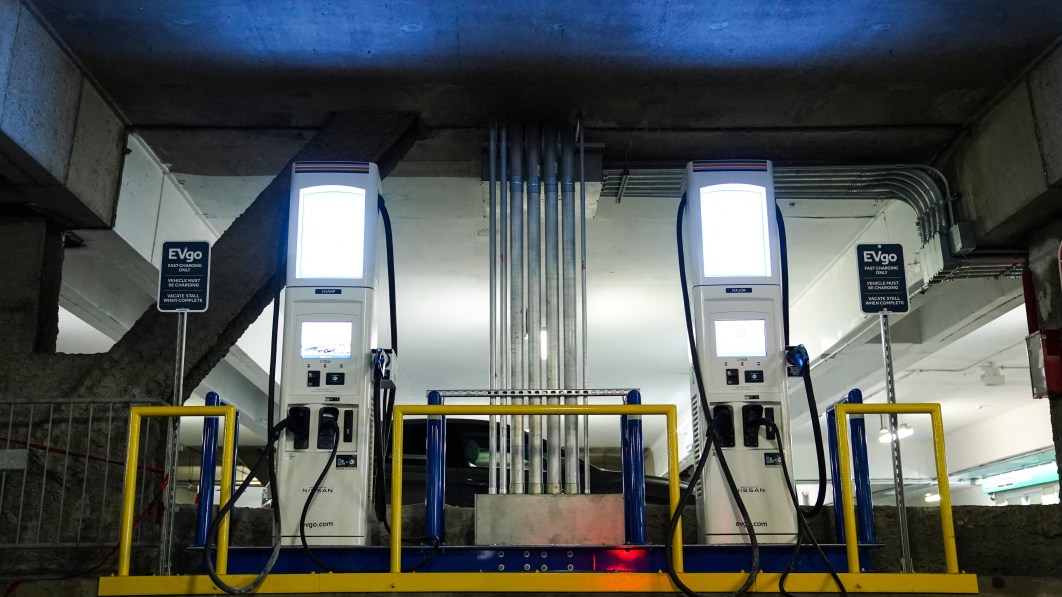
The electric car revolution will be subsidized. China has actually gone to it for more than a years, incentivizing acquisitions, backing homemade battery manufacturers and obstructing foreign firms from competing. Europe has actually done the same with charitable aid both for customers and also business. Now that electrification has actually taken root internationally, and also there’s a climate change believer in the White House, the U.S. has delved into the battle royal in a larger method than ever before. Initially, there was the$7 billion tucked right into the infrastructure expense in 2015. Hundreds of millions made offered by conjuring up the Defense Production Act. And also currently, the mother of them all, the Inflation Reduction Act, which expands generous tax credit reports to get, construct and also charge EVs, as well as localize the battery supply chain to power them. All this international competition obtains a lot of focus, however there’s another subsidy battle surging within America’s shores: an aggressive battle amongst states to land EV and battery financial investments. There were great deals of headings following Ford’s news a year ago that it would invest $11.4 billion in Tennessee and also Kentucky to build two brand-new EV centers, the biggest investment in its background. General Motors Set a firm record with its $6.5 billion investment in Michigan early this year. What commonly ends up in the finer print of stories about these developments– if it obtains pointed out at all– are the tabs that taxpayers get. States seldom divulge the amounts in full, rather dripping them out over months in little bits and also pieces, or in response
, a lot more so than work developers, if you web out all the losses linked to interior combustion drivetrain parts that no much longer will certainly be required. Good Jobs First does a thorough analysis of several of the bargains states have actually reduced with auto companies and battery producers. Georgia’s$1.5 billion incentive bundle for Rivian, for instance, plainly touts ordinary yearly wages of $56,000. One needs to scroll down 130 web pages to locate that the wage floor is $20 a hr, whichexercises to about $36,000 a year. The state’s economic development agreement additionally enables Rivian to use”worker leasing”business to count towards its job-creation objectives. In Kansas, the reward offer for Panasonic that Good Jobs First values at $1.27 billion includes some positive conditions for the Japanese battery firm. According to the report, Panasonic has to spend funding for five years to win income tax credit scores, but doesn’t need to ensure specific levels of work or salaries. If the manufacturing facility is unlucrative and does not owe any tax obligation, the state is still obligated to pay out cash every year, as long as the financial investments are made. Individuals on the left and the right of the U.S. political spectrum state business motivations can be wasteful and also unnecessary. Even state authorities that participate in the”tax-break commercial complicated,”as the Good Jobs First record calls this sensation, acknowledge that it’s a shady video game. The sensation is they have little option if they want to compete for these new jobs.
For GREAT deals on a new or used Mazda check out Santa Maria Mazda TODAY!